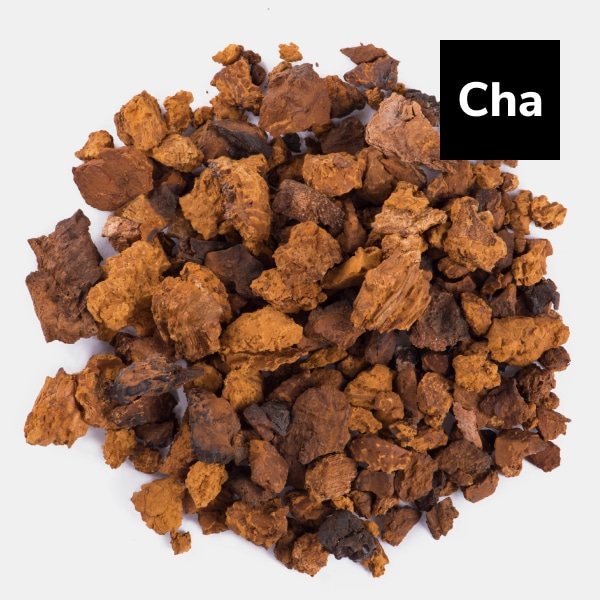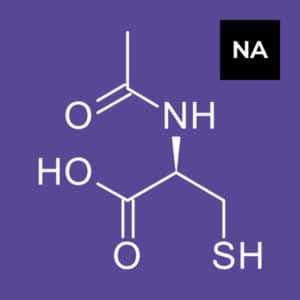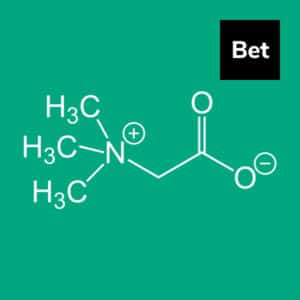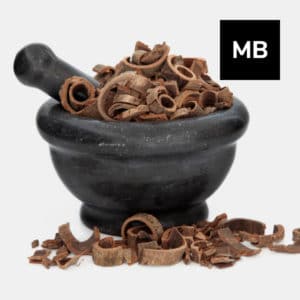Overview
Chinese medicine practitioners have been using mushrooms for thousands of years.
Chaga mushrooms spread across the northern hemisphere on birch trees. Researchers have recently found a plethora of health advantages, including anti-inflammatory, anti-cancer, hypoglycemic and immunological, of this ancient plant.
Key Benefits
- Boosts immunity
- Provides antioxidant effects
- May provide anti-cancer effects
- May help lower blood sugar
- Provides numerous vitamins, minerals, and amino acids
- May reduce fatigue
- May support mental acuity
History of Usage
Chaga mushroom, also known as Inonotus obliquus and “Gift from God,” is a fungus in the Hymenochaetaceae family. It gets its name from the Russian word for mushroom, czaga. Chaga is most usually seen growing on birch trees, although it can also be found on alder, oak, beech, and other species. It is abundant in Russia because it thrives in frigid climates. Consumption of chaga has been primarily limited to Europe, Russia, and North America.
For thousands of years, Chaga has been utilized in Chinese medicine, and indigenous mountain communities in Siberia drank Chaga tea on a daily basis. They applied it topically and inhaled it as well.
Chaga polysaccharides have been demonstrated to have powerful anti-inflammatory and immune-balancing characteristics, which may stimulate the body to manufacture natural killer (NK) cells. NK cells combat infections and tumor growth.
Researchers in Finland and Russia discovered Chaga may have anticancer properties as well as utility in hypertension and diabetes in 1958. The effects of Chaga extract for psoriasis were published in the Russian journal Vestnik Dermatologii in 1973. David Winston, a herbalist, and ethnobotanist, claims that Chaga is the most powerful anticancer medicinal fungus accessible. Alexandr Solzhenitsyn, a Russian Nobel winner, wrote about the medicinal usage of Chaga in his semi-autobiographical novel Cancer Ward in 1968, where he recalls his experience in a hospital in Tashkent.
Biochemistry
Chaga mushroom has significant quantities of Superoxide Dismutase (SOD), one of the most effective antioxidants and anti-inflammatory compounds. Researchers are now researching its potential as an anti-aging product. In addition, various research investigations have shown that chaga mushrooms can be utilized to stop the progression of malignant cells and stimulate the immune system.
Although chaga is an edible fungus, it is not widely consumed due to its harsh flavor. Instead, chaga tea is a popular beverage in Eastern Europe and Russia.
Recent Trends
According to The Guardian, the mushroom market in the United States generated $5 billion in revenue in 2017. The mushroom extract market is predicted to develop at a 6.3 percent CAGR through 2023, according to Market Research Future, as researchers continue to discover the multiple health benefits of chaga.
China now accounts for 85 percent of global mushroom production. Chaga is being used in the production of superfood drinks.
ChugaChaga Inc., a New York-based beverage producer, debuted a line of bottled tea drinks containing chaga in a variety of flavors in December 2016. Four Sigmatics, a U.S.-based maker of superfoods, medicinal mushrooms, and adaptogenic herbs, debuted eight drink mixes, including two coffee blends, containing chaga for immune support in January 2015.
Precautions
- Because chaga contains a high concentration of oxalates, it may inhibit the absorption of some nutrients.
- In excessive doses, it can be hazardous.
- Individuals on blood thinners or diabetic drugs should avoid using chaga.
- Individuals with kidney condition should avoid using chaga.
References
- Duru KC, Kovaleva EG, Danilova IG, van der Bijl P. The pharmacological potential and possible molecular mechanisms of action of Inonotus obliquus from preclinical studies. Phytother Res. 2019 Aug;33(8):1966-1980. doi: 10.1002/ptr.6384. Epub 2019 Jun 17. PMID: 31209936.
- Vikineswary S, Chang ST. Edible and medicinal mushrooms for sub-health intervention and prevention of lifestyle diseases. Tech Monitor. July-Sept. 2013;33-43
- Cha, J.Y., Jun, B.S., Kim, J.W., Park, S.H.; et al. Hypoglycemic Effects of Fermented Chaga Mushroom (Inonotus obliquus) in the Diabetic Otsuka Long-Evans Tokushima Fatty (OLETF) Rat [2006]
- Mi Ja Chung, Cha-Kwon Chung, Yoonhwa Jeong, Seung-Shi Ham. Anticancer activity of subfractions containing pure compounds of Chaga mushroom (Inonotus obliquus) extract in human cancer cells and in Balbc/c mice bearing Sarcoma-180 cells. Nutrition Research and Practice 2010; 4(3): 177-182.
- Giridharan VV, Thandavarayan RA, Konishi T. Amelioration of scopolamine induced cognitive dysfunction and oxidative stress by Inonotus obliquus – a medicinal mushroom. Food Funct. Jun 2011;2(6):320-327.
- Yue Z, Xiuhong Z, Shuyan Y, et al. Effect of Inonotus Obliquus Polysaccharides on physical fatigue in mice. J Tradit Chin Med. Aug 2015;35(4):468-472.




